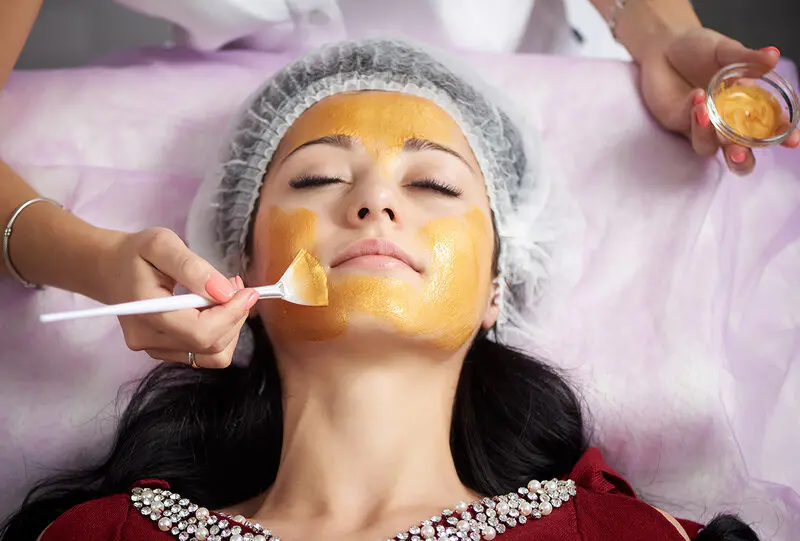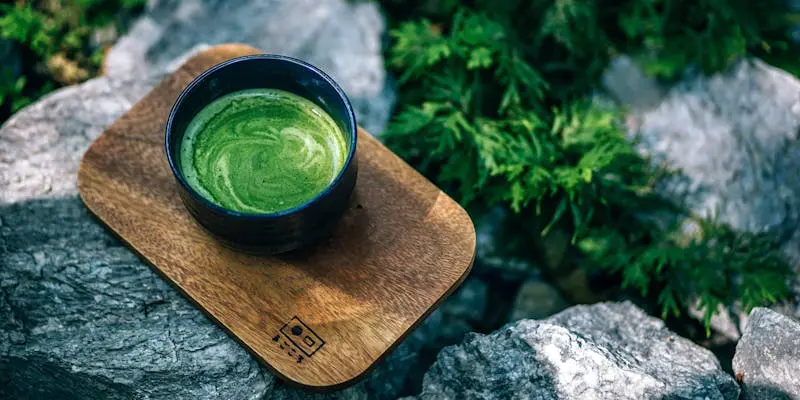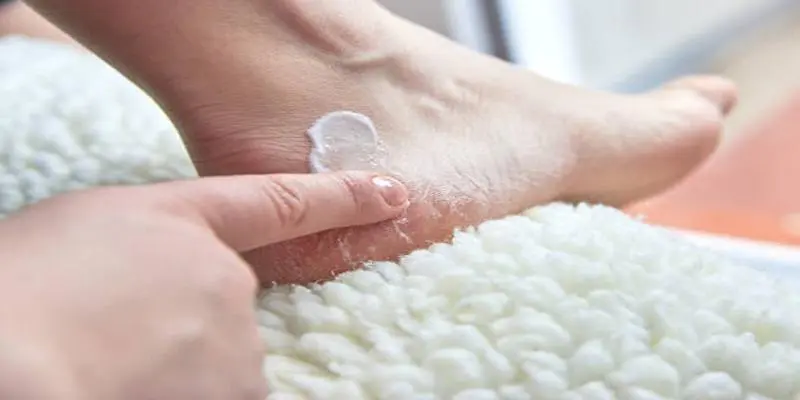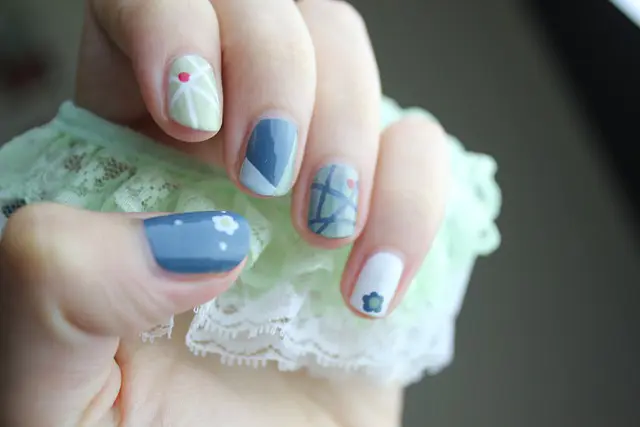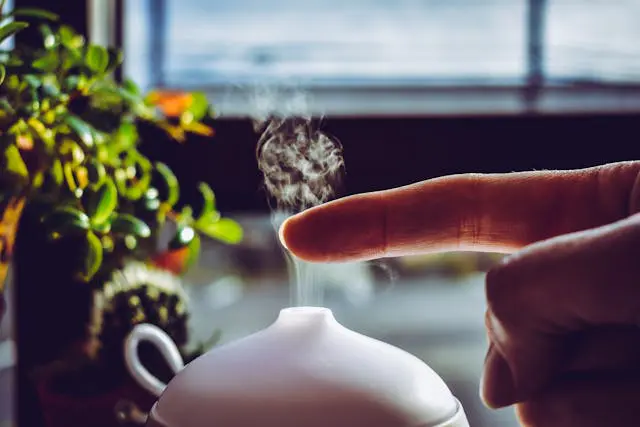The world of beauty is constantly evolving, driven by new trends, innovative technologies, and the changing preferences of consumers. Once focused solely on appearance, the industry has grown into a multifaceted space where technology, inclusivity, sustainability, and mental health intersect. Today's beauty landscape is dynamic and interactive, with consumers redefining what beauty means to them—challenging its traditional boundaries and deepening their connection with the concept.
This article explores the significant shifts occurring in the beauty sector, including the rise of health-oriented beauty products and the growing demand for environmentally friendly and ethical practices. We will also look at how technology, particularly AI and virtual reality, is influencing consumer-product interactions in the beauty market. Get ready to embark on a journey into the next era of beauty, one that aims to redefine the status quo.
1. The Growing Integration of Beauty and Wellness
While beauty was once considered a superficial concern, recent years have seen a significant shift, with more brands combining beauty and wellness. There is now a focus on comprehensive self-care, where beauty is not just about external treatments but also about a lifestyle that promotes overall health and well-being.
Nutrition and Beauty
Nutraceuticals, or beauty supplements, are becoming increasingly popular as part of the broader health trend. Consumers are realizing that beauty is not just about topical applications but also about what they consume. From collagen-boosting powders to vitamin C-rich antioxidants, these supplements are now a staple in daily routines. Brands are leading the way in this area, offering edible beauty solutions that promise glowing skin, strong nails, and shiny hair.
At the same time, the link between gut health and skin health is gaining recognition. Probiotic skincare and supplements targeting the microbiome are becoming popular. The gut-skin connection has led to the development of microbiome-friendly products designed to achieve skin balance, reduce acne, inflammation, and signs of aging.
Stress Reduction and Mental Health in Beauty
As mental health and stress management become central to discussions on well-being, beauty brands are incorporating wellness into their product offerings. Consider calming facial oils with lavender, sleep-enhancing face masks, and soothing skincare meant to provide a moment of tranquility amidst the chaos.
The beauty routine itself is evolving into a self-care ritual. Practices such as nightly skincare or daily makeup application are being reimagined as acts of mindfulness and self-compassion. This transformation highlights that beauty is as much about nurturing one's mental health as it is about physical appearance.
2. Clean Beauty: A Mainstream Movement
Clean beauty has moved from a niche market to a mainstream phenomenon. Consumers are becoming increasingly aware of the ingredients in the products they use and the environmental impact of the brands they support. As a result, the clean beauty market is thriving, expanding to include sustainability, transparency, and ethical considerations.
Transparency and Ingredient Safety
Transparency is a key aspect of clean beauty, fueled by consumer demand. Consumers are now more knowledgeable about product ingredients than ever before. Brands that are open about their sourcing, manufacturing, and testing processes are gaining trust and market share. Ingredients that were once common, such as parabens and phthalates, are now under scrutiny. Clean beauty advocates are pushing brands to adopt safer, non-toxic alternatives that are just as effective without harmful side effects.
"Clean" is not just about being chemical-free; it represents a holistic approach to product development—embracing natural ingredients, cruelty-free practices, and ethical sourcing. Brands are increasingly creating sustainable products, pursuing cruelty-free certifications, and ensuring ethical supply chains.
Sustainable Practices
Clean beauty is as much about the production process as it is about the ingredients. Sustainable packaging is a priority, with companies seeking zero-waste solutions. Brands are introducing refillable containers, glass packaging, and compostable materials to minimize environmental harm. The industry's reliance on plastic is being challenged, with many opting for alternatives or offering refill services to reduce container waste.
Moreover, ethical sourcing and carbon footprint reduction are becoming increasingly important for beauty companies. Brands are exploring carbon-neutral packaging and investments in renewable energy. Consumers are favoring brands that actively contribute to global and societal improvement.
<
